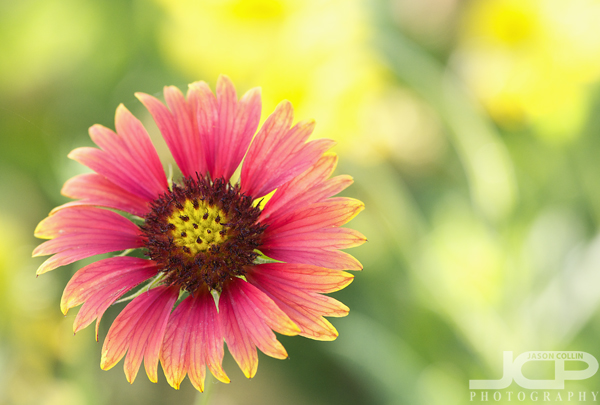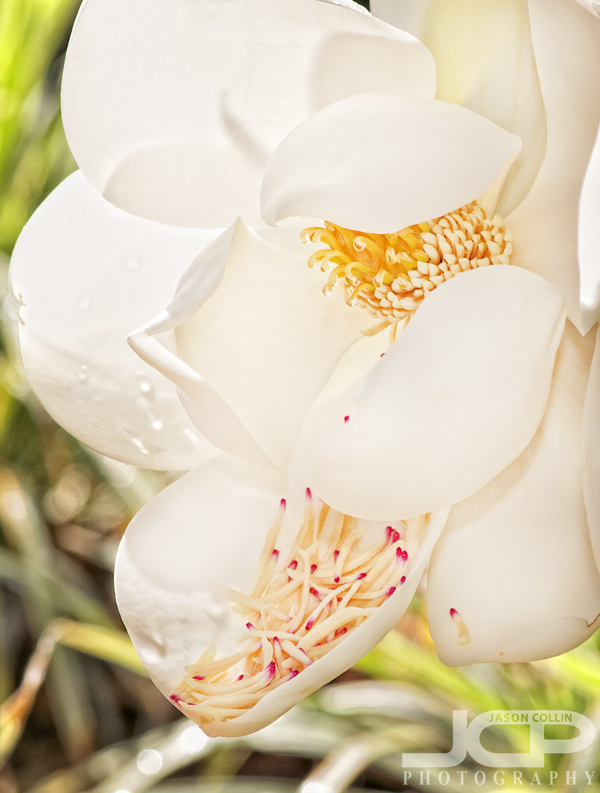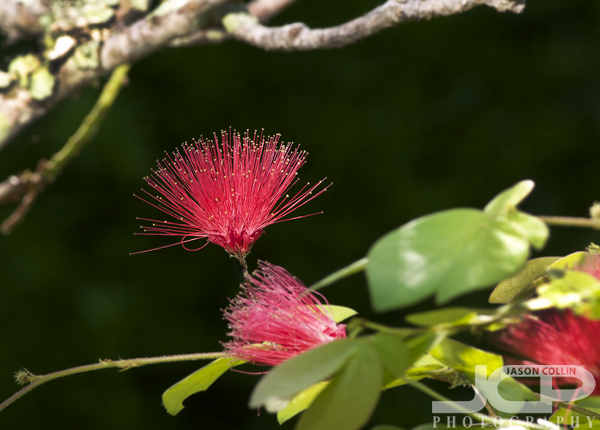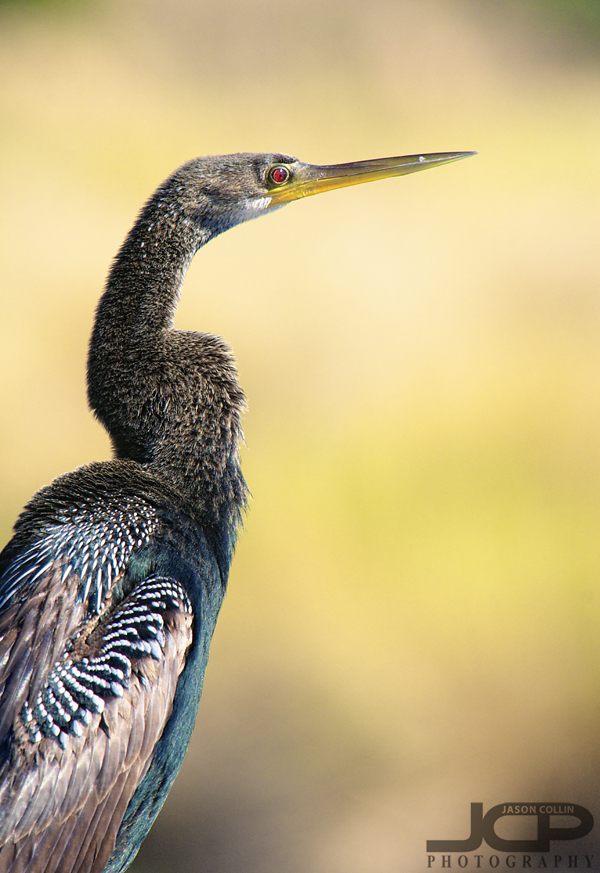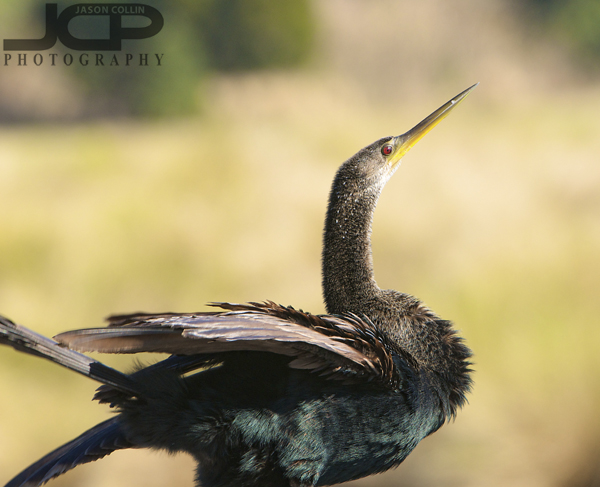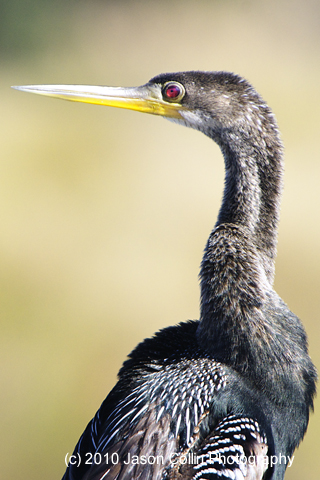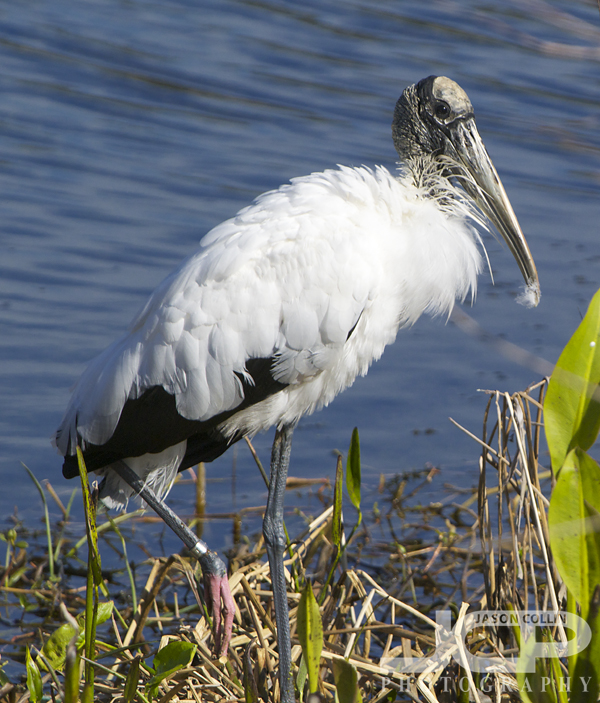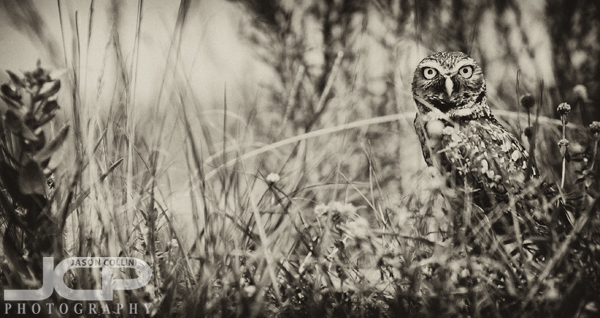 Nikon D300 Nikkor AF ED 80-200mm f/2.8 @ f/4 ISO 200 1/3200th SB-600 hotshoe mounted in high speed sync mode
Nikon D300 Nikkor AF ED 80-200mm f/2.8 @ f/4 ISO 200 1/3200th SB-600 hotshoe mounted in high speed sync mode
I recently became aware that people were going all the way to my tiny hometown of Cape Coral to photograph the burrowing owls that live there. Even Scott Bourne went! Growing up there the owls were something to be feared, as if you got to close, they would screech at you and even take some swoops at your head! Plus, they are super protected so even as a kid that put some fear of the law into me and I mostly just steered clear of them, never thinking them some great nature photography subject. Then of course at that time I did not even own a camera. However, I have visited Cape Coral several times in the past year with all my photo gear and it still never occurred to me to photograph them until I heard of others going there.
 Nikon D300 Nikkor AF ED 80-200mm f/2.8 @ f/4 ISO 200 1/3200th SB-600 hotshoe mounted in high speed sync modeSo during a brief overnight visit last weekend I thought if there are some owls living near my mom's condo, then I will finally photograph them. When I did find some it was the middle of the afternoon and the light was of course not good at all, hence the unusual choice to make the above shots some form of black and white. Add to it that the best shooting position (with my back to the sun) was obstructed by tall grass and their cross-shaped perch presumably provided by the government, I was not going to get any National Geographic level cover shots. Still, I wanted to get experience shooting them so I could do a nice dawn rise the next time I visit and photograph them properly.
Nikon D300 Nikkor AF ED 80-200mm f/2.8 @ f/4 ISO 200 1/3200th SB-600 hotshoe mounted in high speed sync modeSo during a brief overnight visit last weekend I thought if there are some owls living near my mom's condo, then I will finally photograph them. When I did find some it was the middle of the afternoon and the light was of course not good at all, hence the unusual choice to make the above shots some form of black and white. Add to it that the best shooting position (with my back to the sun) was obstructed by tall grass and their cross-shaped perch presumably provided by the government, I was not going to get any National Geographic level cover shots. Still, I wanted to get experience shooting them so I could do a nice dawn rise the next time I visit and photograph them properly.
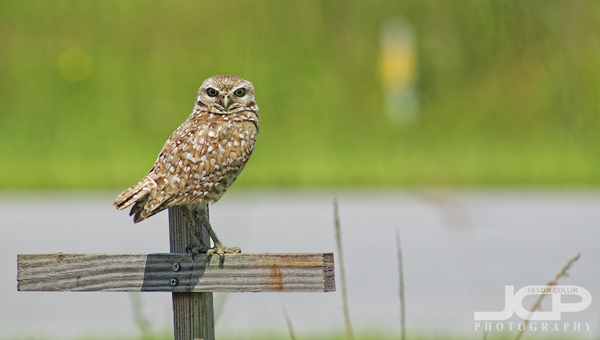 Nikon D300 Nikkor AF ED 80-200mm f/2.8 @ f/4 ISO 200 1/2000th SB-600 hotshoe mounted in high speed sync mode
Nikon D300 Nikkor AF ED 80-200mm f/2.8 @ f/4 ISO 200 1/2000th SB-600 hotshoe mounted in high speed sync mode
With only a 200mm lens I did have to get a bit close, which I felt a little awkward doing because the owls definitely noticed me and one was angrily chirping. I felt it was not cool for that to be happening so I rushed my shots also and was doubting myself the whole time, not a great thing to do while trying to make a shot! Next time I will consider renting a 300mm or 400mm lens so as to let the owls be at ease while I photograph them.

